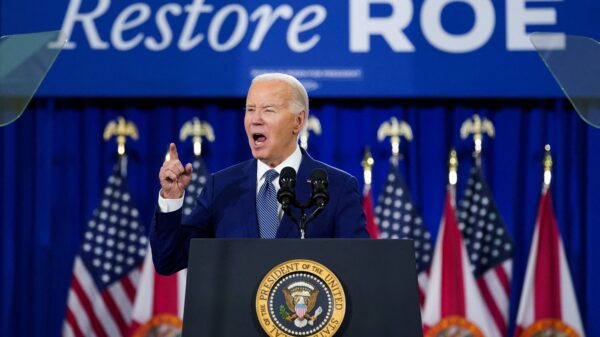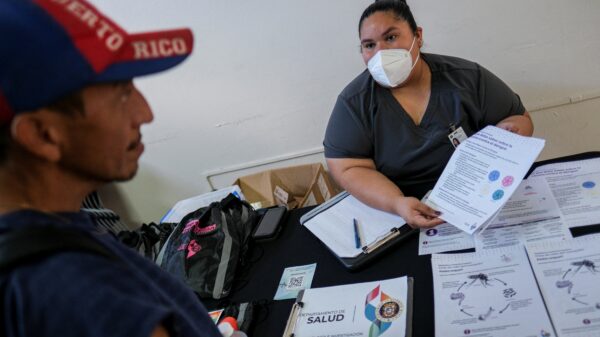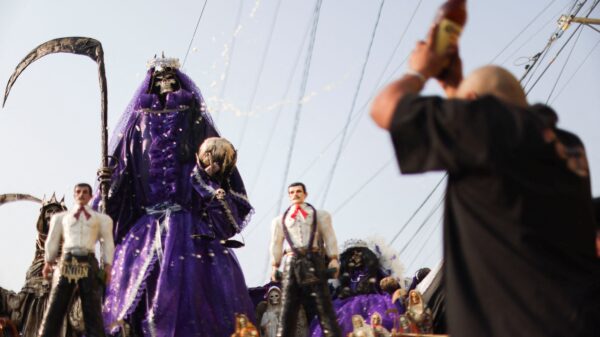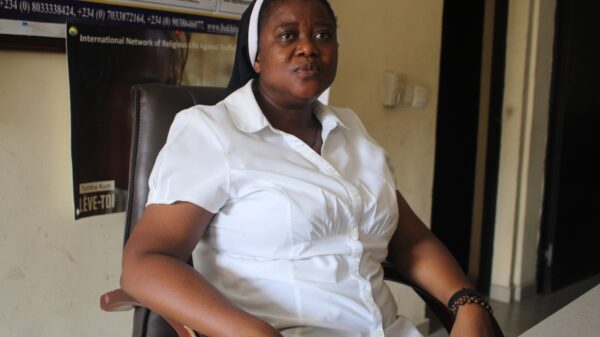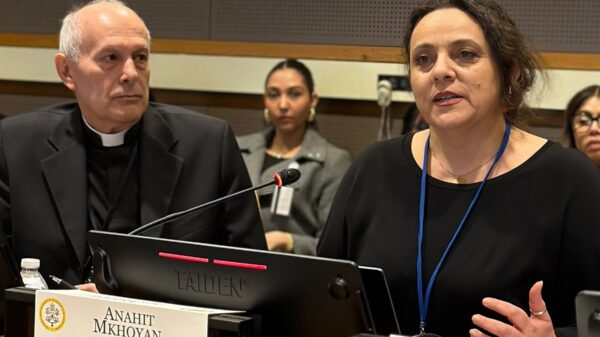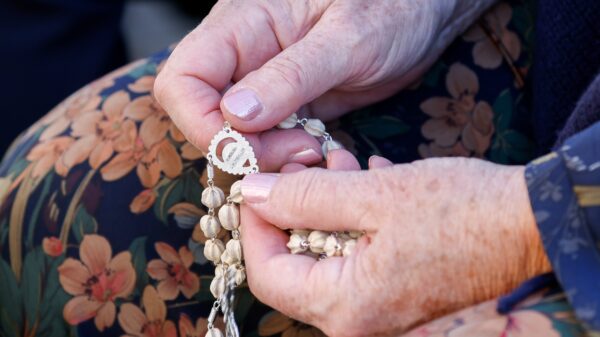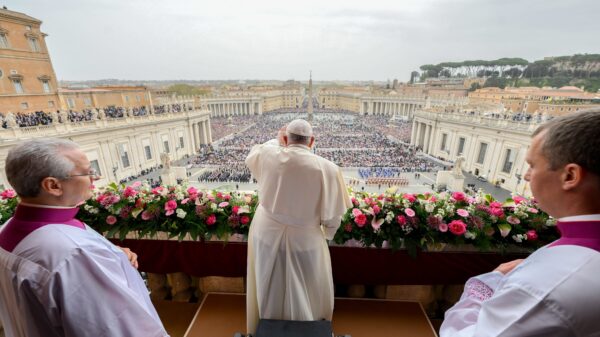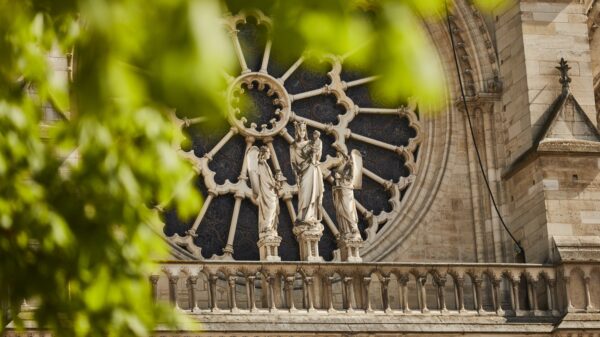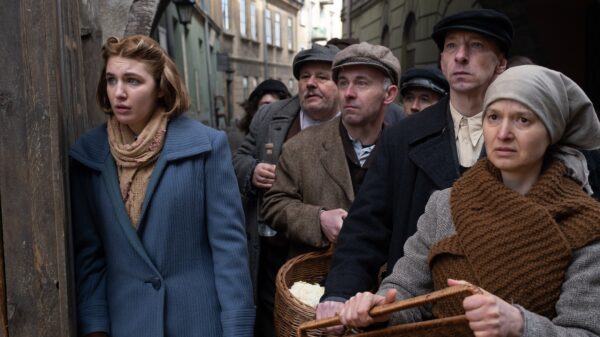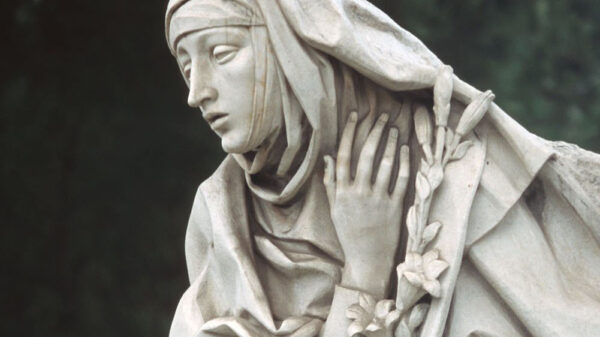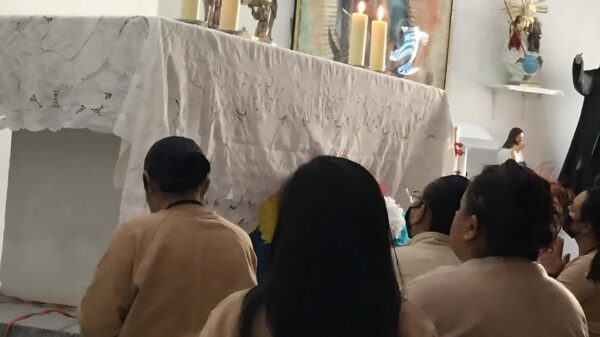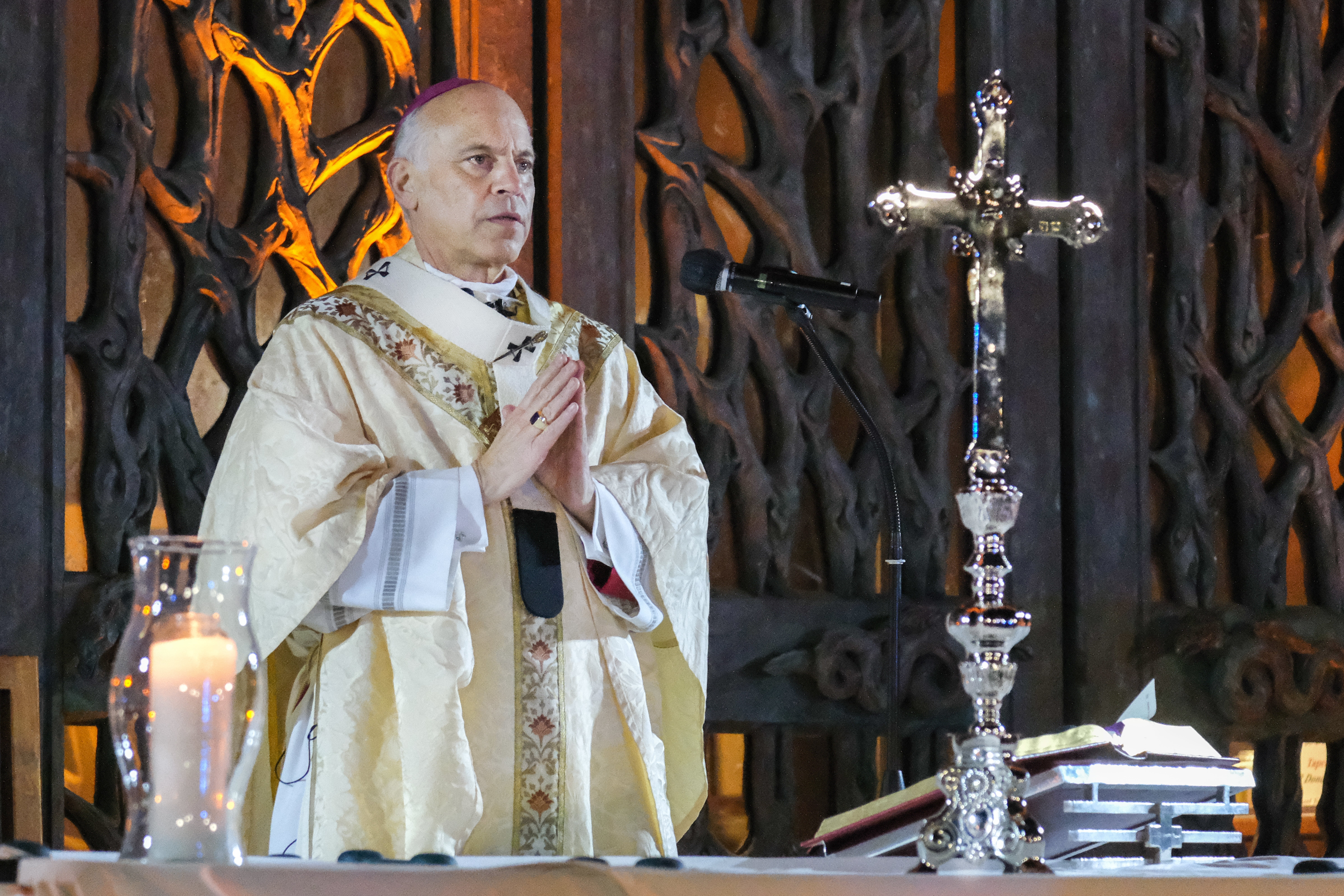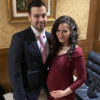WASHINGTON (OSV News) — “There’s a map for that!”
That might have been the 16th century’s version of today’s “app” mantra for pilgrims in Rome making their way from one to another of the Eternal City’s seven pilgrim churches guided by a printed map.
One such map from 1575 is part of a current exhibit at the Museum of the Bible in Washington and is among Jeff Kolha’s favorite prints on display in the exhibit “A Journey of Faith: The Seven Pilgrim Churches of Rome” in the museum’s Vatican gallery.
“It’s just a really cool example of what you’d call a tourist brochure from 1575,” Kolha, the museum’s chief curator, told OSV News in a recent interview. “It’s a pretty cool little object — it would be fun to kind of reproduce it today.”
There is a second map, made in 1590, which is on display along with a print of each pilgrim church.
The seven pilgrim churches are St. Peter’s Basilica, the Basilica of St. Paul Outside the Walls, the Basilica of St. Sebastian Outside the Walls, the Basilica of St. John Lateran, the Basilica of the Holy Cross in Jerusalem, the Basilica of St. Lawrence Outside the Walls and the Basilica of St. Mary Major. The description “outside the walls” refers to the basilicas’ locations outside the third-century Aurelian Wall. (During the Great Jubilee of 2000, St. John Paul II updated the contemporary version of this seven-church pilgrimage, replacing the Basilica of St. Sebastian with the Sanctuary of Our Lady of Divine Love in southern Rome.)
The single-day pilgrimage to the seven churches is traditionally done on Wednesday of Holy Week. Each pilgrimage church contains a Holy Door, opened only during official Jubilee years.
The exhibit, which opened in the spring and runs through Nov. 8, includes a print of St. Philip Neri (1515-1595), who in 1553, Kolha noted, reinvigorated “the long tradition of pilgrimage, particular to Rome, creating a way for people from around the world to have a shared religious experience by visiting the same churches and reflecting on the lives of the saints and their example.”
St. Philip founded the Congregation of the Oratory, or Oratorians, a community of Catholic priests and lay brothers. He also founded the Confraternity of the Holy Trinity of Pilgrims and Convalescents, a religious group of laymen with the mission of being hospitable to pilgrims visiting Rome.
One historical account tells of St. Philip and a few friends and acquaintances gathering before dawn and setting out on their walk. At each church, there would be prayer, hymn singing and a brief sermon by the future saint.
The pilgrimage exhibit in Washington offers “a great opportunity in our modern digital age — where we’re so inundated with information all the time — to kind of relearn this practice of stepping back,” Kloha told OSV News.
“For those unfamiliar with pilgrimage, Rome and these churches,” he said, “the exhibit is an opportunity of maybe going somewhere different, unfamiliar, being exposed to and reflecting on examples that we have from the past and taking that back and kind of reincorporating that into our busy everyday lives.”
He added, “You could argue that coming to Washington, D.C., is a form of pilgrimage. You’ll see the monuments and things, and even visiting a place like the Museum of the Bible is a form of pilgrimage (since) it’s about a sacred book.”
The exhibit, which was in the making for about a year and a half, according to Kloha, also represents the renewal of a long-term collaboration between the Museum of the Bible and the Vatican Library. In the years ahead, two new exhibitions will be presented annually. In addition, the gallery features a new film about the Vatican Library and its biblical manuscripts collection.
“I think that it’s just a great discipline,” Kloha said about pilgrimage. “It’s a practice that you see in the Scriptures. You see the prophets do this. Jesus himself goes away — (on) pilgrimage to Jerusalem; he goes to quiet places to pray.”
“It’s great to be able to reflect on” this “long-standing practice for Christians around the world” and to “expose people who might not have a formal way of talking about it … and then talk a little bit, of course, about the churches themselves, their history, the fact that some of these go back to the Constantinian period, to the fourth century,” he said.
Fast forward to Rome in the present century for a current example of the importance of pilgrimage to people of faith. Pilgrimage is “an integral part” of the program for the monthlong Synod on Synodality that opened Oct. 4, according to Paolo Ruffini, prefect of the Dicastery for Communication and president of the synod communication committee. More than 350 members of the assembly of the synod are expected to go on a pilgrimage “to pray and walk together and reflect on the spiritual experience of the synod” by going “to the roots of the Christian faith,” visiting the Rome catacombs Oct. 12.
Kloha, as a Lutheran, was raised in a church where pilgrimage is “not a formal practice” as it is in Catholicism, but he noted that he has a deep appreciation for the practice. Whenever he is in Jerusalem, as he was recently for a meeting with some of the museum’s partners, he takes time to go to the holy sites, including the Church of the Holy Sepulcher, he said.
“You cannot go to Jerusalem and not go to the Holy Sepulcher. It’s just stunning. It’s just a remarkable experience,” he told OSV News. “I’ve been in that building 25, 30 times … and it’s a spiritual experience. There’s no other way to describe it. And to hear languages from around the world spoken, all sharing the same faith and all focused on those pivotal events, … that’s an act of pilgrimage.”
Even tourist trips to the Holy Land — usually described as a pilgrimage — are “a helpful discipline, actually, even if we don’t have formal terminology around it,” Kloha remarked. “(It’s) a chance to go back, learn from these historical people and be refreshed and incorporate that into our daily lives.”
Julie Asher is senior editor for OSV News. Follow her on X (formally Twitter) @jlasher.


